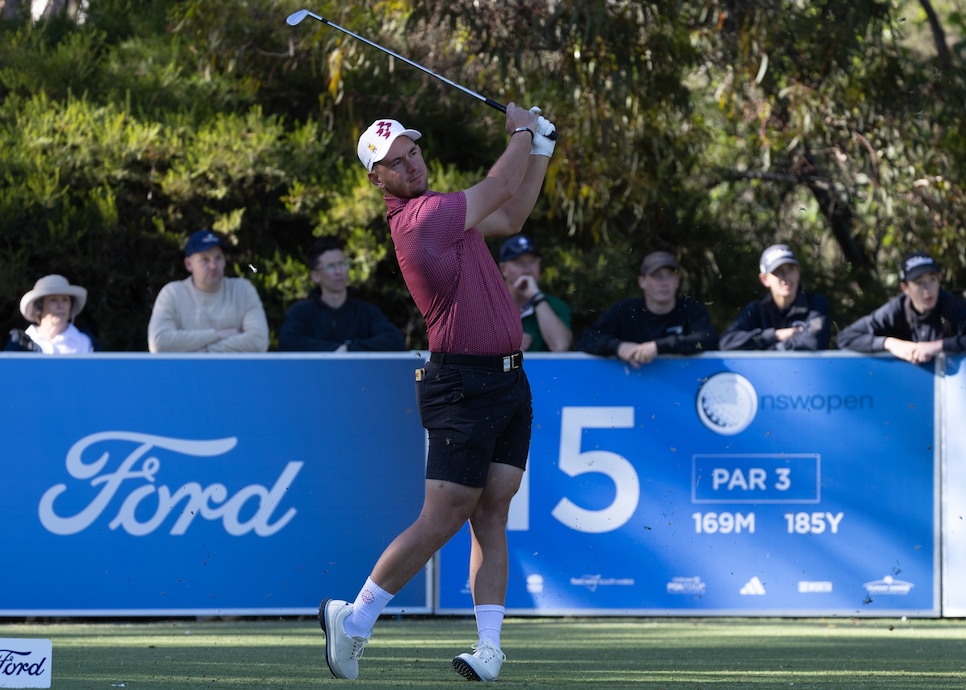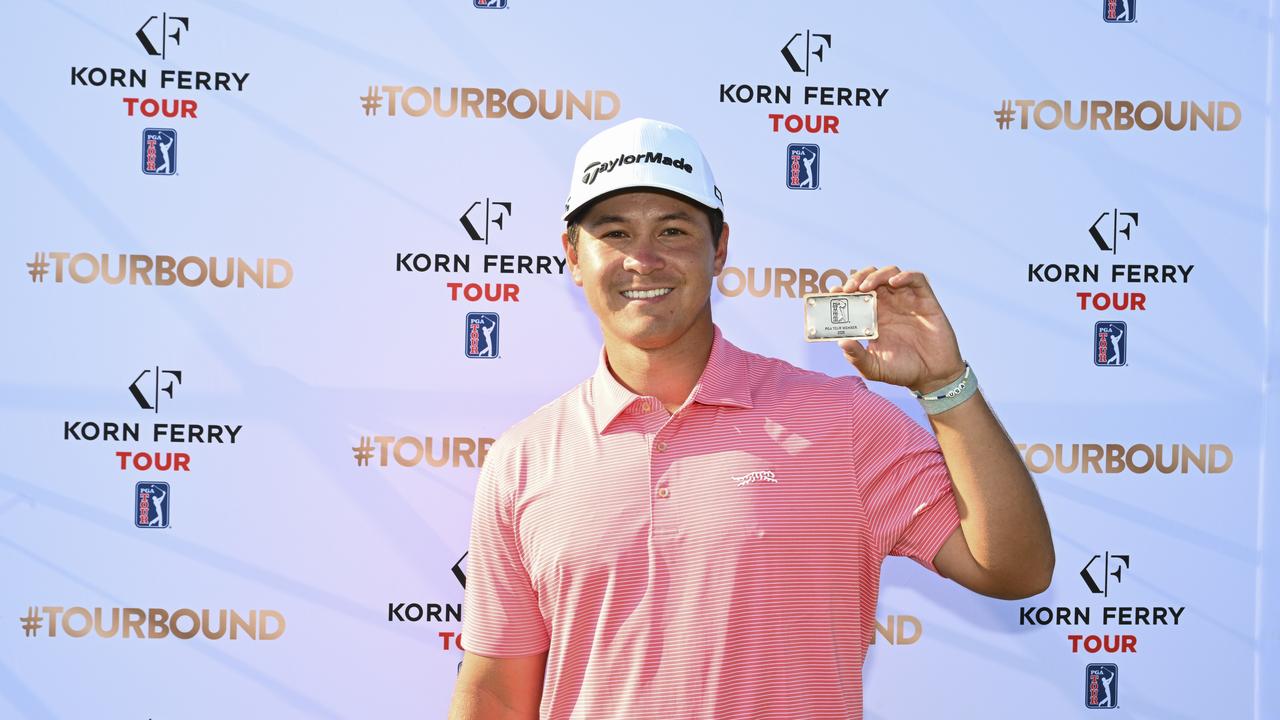U.S. Open 2024: How does Rory McIlroy get over Pinehurst? Here are five comeback stories that can give him hope – Australian Golf Digest

- by Admin
- June 17, 2024

It’s the obvious question in the wake of Rory McIlroy’s shocking short-range misses on the 70th and 72nd greens of the 2024 U.S. Open at Pinehurst: Can the Northern Irishman ever recover from such a trauma? Is there a way back for a man who has now gone almost exactly a decade without winning at the highest level of a game in which he otherwise excels?
The good news is that it can be done. McIlroy is not the first player to have perpetrated what those of a cruel disposition instinctively label “a choke” and what the more understanding among us might term an “unexpected lapse.” Five men stand out. And all five retained sufficient nerve to at least contend again for major titles. So if history is to be our guide, hope remains for McIlroy.
SAM SNEAD
Underwood Archives
Coming to the final hole of their 18-hole playoff for the 1947 U.S. Open at the St. Louis Country Club, Lew Worsham and Snead were tied. Worsham was 40 feet from the cup and on the fringe after his approach; Snead’s effort pulled up only 15 feet or so from the flag. After Worsham left his chip 29-inches away, Snead left his putt woefully short, which provoked a measurement to see who was to play next. Turned out it was Snead who, flustered, missed. Worsham then holed for the title, relegating Snead to the second of what would eventually be four runner-up spots in his national championship.
Famously, Snead never did win the U.S. Open. But subsequent to that shocking miss he won five majors and had 28 other top-10s (nine in the U.S. Open). So, outside of the tournament that must have driven him crazy, his ability to perform under pressure was, it would appear, largely unaffected.
More From Golf Digest  Opportunity Lost U.S. Open 2024: Rory McIlroy and the newest shade of heartbreak
Opportunity Lost U.S. Open 2024: Rory McIlroy and the newest shade of heartbreak 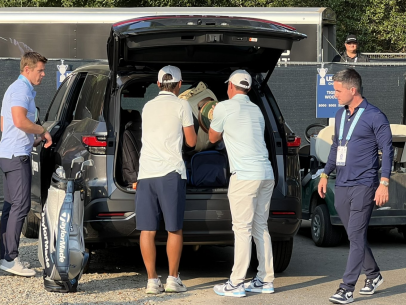 U.S. Open U.S. Open 2024: Rory McIlroy making a quick exit from the Pinehurst parking lot is a painful sight
U.S. Open U.S. Open 2024: Rory McIlroy making a quick exit from the Pinehurst parking lot is a painful sight  U.S. open U.S. Open 2024: Bryson DeChambeau is golf’s most exciting man and new people’s champ DOUG SANDERS
U.S. open U.S. Open 2024: Bryson DeChambeau is golf’s most exciting man and new people’s champ DOUG SANDERS 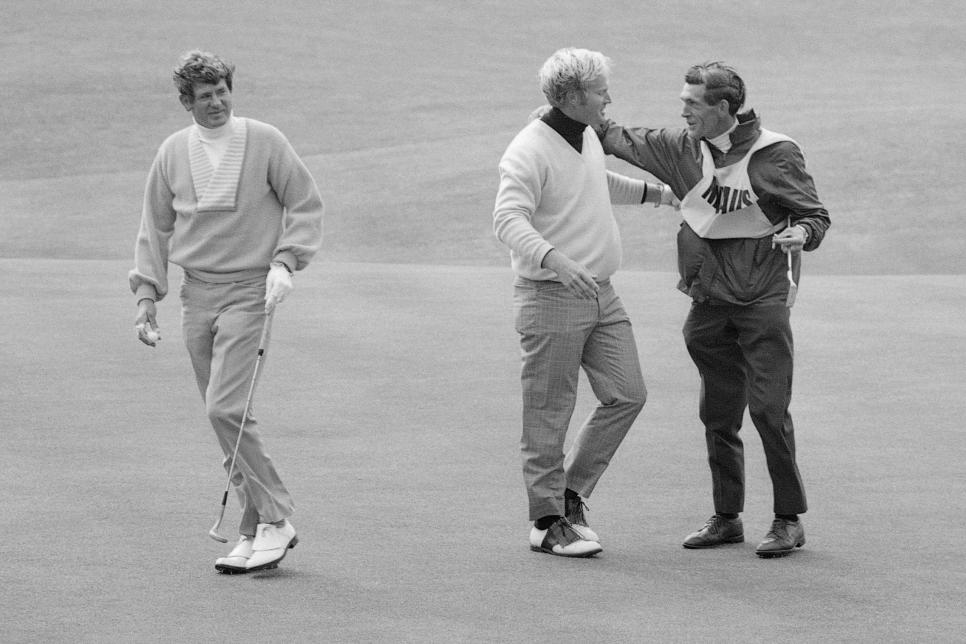
R&A Championships
Perhaps only Jean Van de Velde and his triple-bogey finish to the 1999 Open Championship at Carnoustie has gained more golf notoriety than Sanders’ miss on the 72nd hole of the Old Course at St. Andrews 29 years before the Frenchman descended into farce via heavy rough and the Barry Burn.
Needing only to get down in three shots from maybe 75 yards short of the putting surface, Sanders failed to do so. His approach was thinned enough to send the ball roughly 35 feet past the flag. The first putt pulled up four-feet short and the second missed low, the always colorfully-clad Georgian misjudging the left-to-right break.
While he would never again come so close to winning a major title—“some days I go maybe 10 minutes without thinking about it,” he would joke—Sanders retained enough game to record top-10 finishes in each of the next two Opens.
HUBERT GREEN 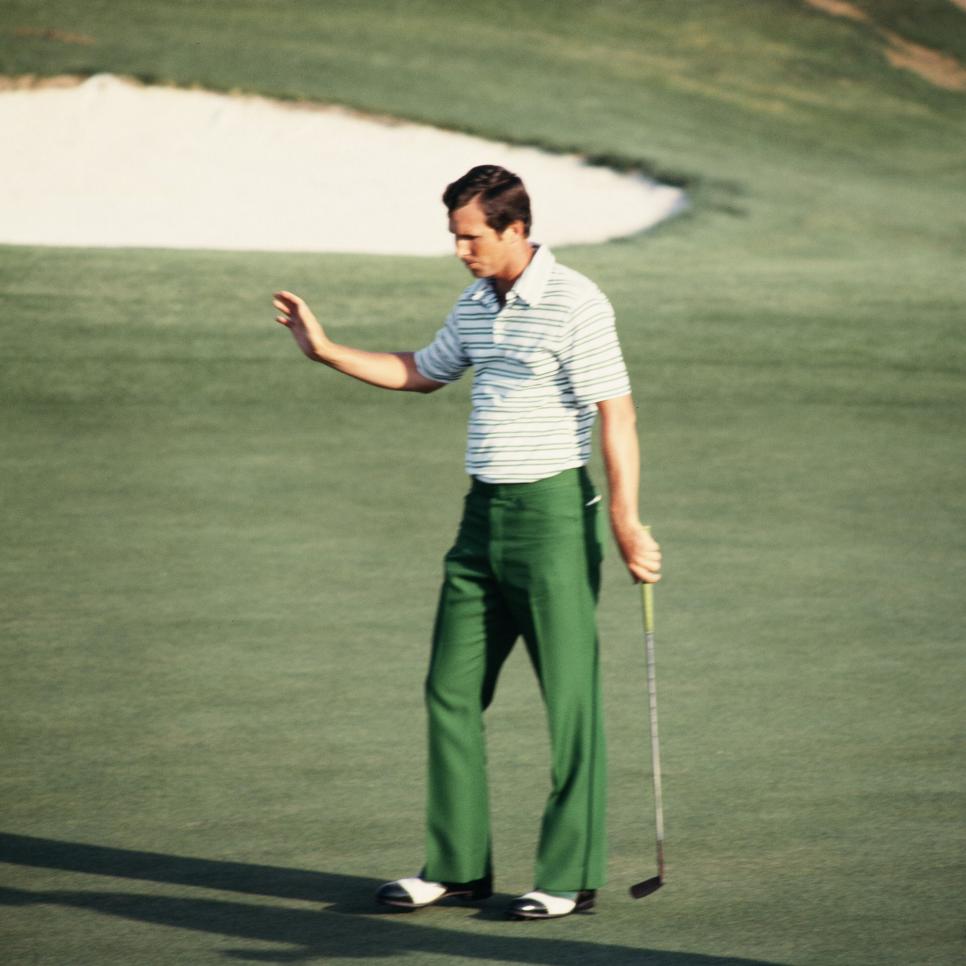
Augusta National
Disturbed by a radio commentator, Green backed off the four-foot putt he needed to make if he was to force a playoff at the 1978 Masters with Gary Player. Second-time around though—as so often when a re-start is forced upon a golfer—Green never settled and missed.
Still, at only 31 and the reigning U.S. Open champion, the Alabama-native was in his prime as a player and had time to recover. Which he did. Although he was never again so close to a green jacket, Green’s career continued to be successful. Top-10s were recorded at each of the next two Masters, one more in the U.S. Open and a second in the Open Championship. More significantly, he won a second Grand Slam title at the 1985 PGA Championship. So, reassuringly for McIlroy, victory is still attainable in the wake of potentially career-ending devastation.
SCOTT HOCH 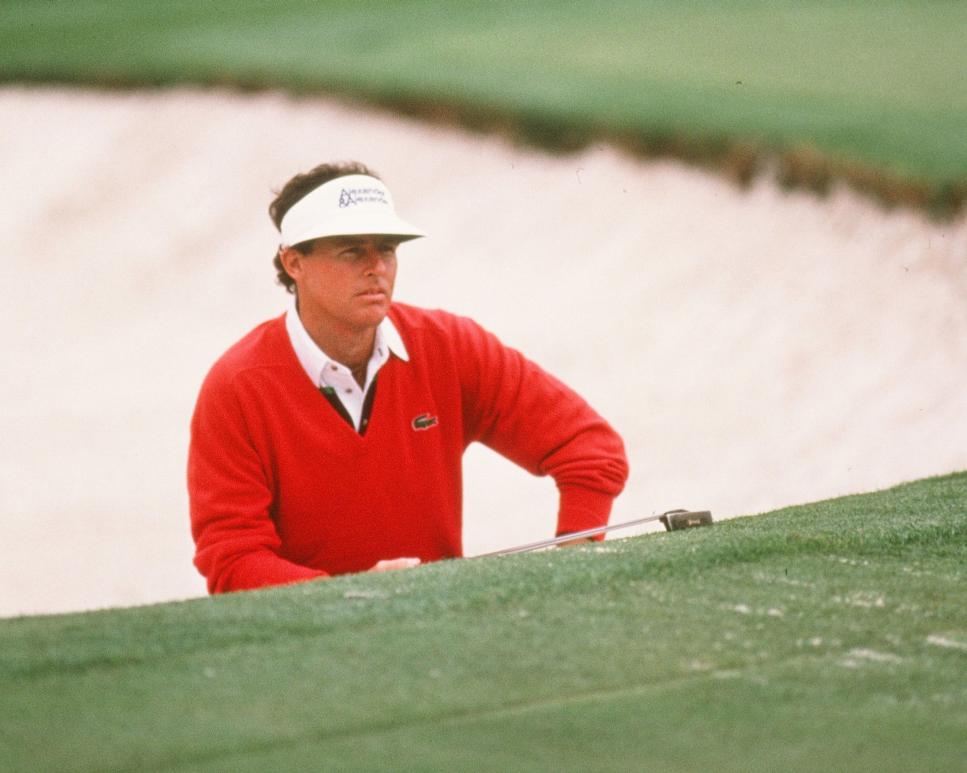
Augusta National
This wasn’t pretty. Twice. Only 10 feet from the flag on the final green in the final round of the 1987 PGA Championship at PGA National, Hoch three-putted to miss a playoff in which Larry Nelson defeated Lanny Wadkins. That was bad enough, but two years later, the North Carolinian, perpetrated the “feat” from which he is, sadly, perhaps best known.
No more than 20 feet below the cup on the 10th green at Augusta National, Hoch had two-putts to win on the first playoff hole against Nick Faldo and claim the 1989 Masters. But it wasn’t to be. Hoch made the classic error of rushing his first putt 2½ feet past. Then, clearly aiming too far left, he missed for a second time. Faldo would go on to claim the first of his three green jackets with a birdie on the next hole.
Still, for Hoch, always a consistent performer tee-to-green, his career in majors was far from over. After 1989, the North Carolinian played well enough to record as many as 13 top-10 finishes in golf’s four biggest events. Two of those, a T-7 and a T-5, came at Augusta.
DUSTIN JOHNSON 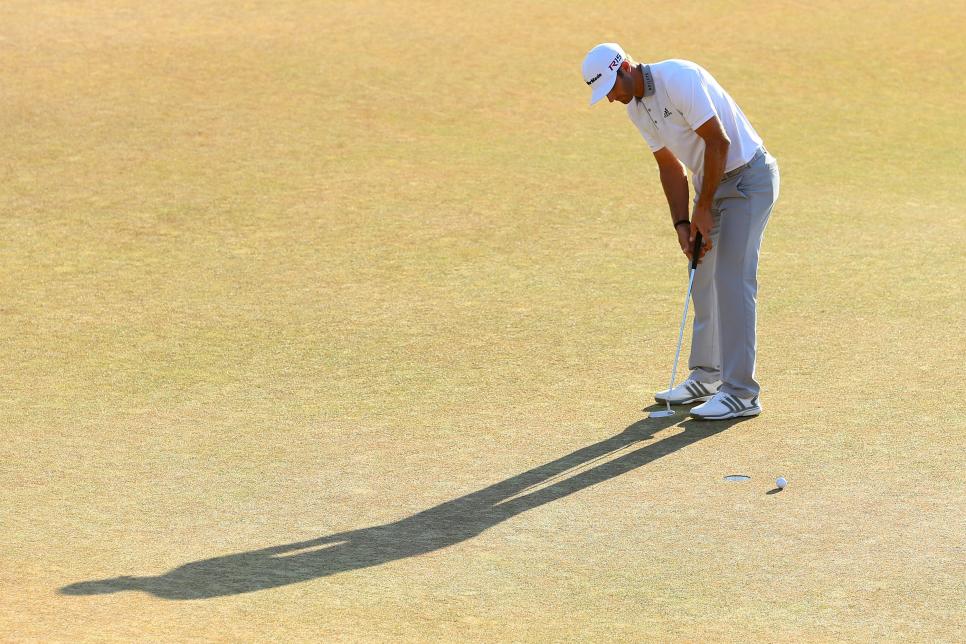
Andrew Redington
If one experience is to give McIlroy hope for the future, it is that of Johnson. Instead of holing a 12-footer for eagle on the 72nd green at Chambers Bay to win the 2015 U.S. Open, he crushingly three-putted to miss a playoff and lose by one shot to Jordan Spieth. Still, the big South Carolinian returned just 12 months later to claim his national title. Undoubtedly aided by a uniquely unperturbable temperament that allowed him to survive a rules-controversy in the final round, Johnson wonat the brutal Oakmont to erase from his mind the traumatic experience even he must have remembered happening a year before.
Just as encouraging for McIlroy will be the knowledge that Johnson has so far recorded 13 other top-10s in majors, the undoubted highlight his victory in the 2020 Masters.
More From Golf Digest  Golf Digest Logo Stephen Curry wants to make golf blacker and browner, and raise his game, too
Golf Digest Logo Stephen Curry wants to make golf blacker and browner, and raise his game, too  Branded Content Empowering Youth: KPMG, Mariah Stackhouse & Stephen Curry Open Golf’s Doors
Branded Content Empowering Youth: KPMG, Mariah Stackhouse & Stephen Curry Open Golf’s Doors
This article was originally published on golfdigest.com
The Latest News
-
November 14, 2024Bird the word as ex-Test quick winds back clock | cricket.com.au
-
November 14, 2024Live: Socceroos host Saudi Arabia in crunch World Cup qualifier
-
November 14, 2024Inside India’s first (open) training session of Australia tour | cricket.com.au
-
November 14, 2024A young major champ is competing in small-town open tournaments and the question is: why? – Australian Golf Digest
-
November 14, 2024Fashion insiders weigh in on the uncertain future of Australian Fashion Week
